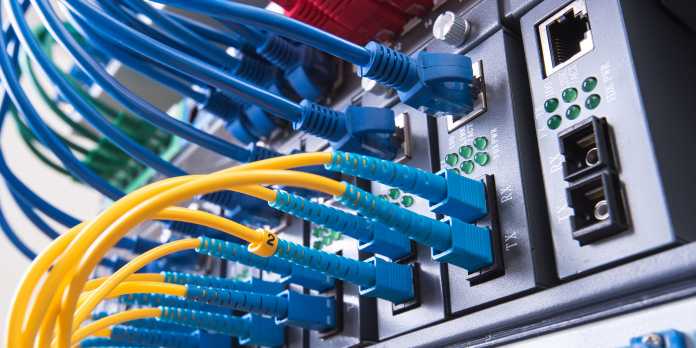The British telecommunications services company abbreviation BT implements its G.fast technology, leading longer testing times. It seems that the results of the tests carried out have been a great success, and hence the company claims that in the future almost all homes in the local UK will get the download and upload speed of 300 Mbps and 50 Mbps, respectively. Also Read: Li-Fi 100 Times Faster Than WiFi Upto 1GBPS The company is also willing to cover 10 million homes and premises in the UK within 2020 to further deploy its technology in most of the country. Although G.fast can get to offer speeds up to 500 Mbps or more, its download speed is limited to 300 MBPS.
G.fast Technology Enable 300 Mbps Download And 50 Mbps Upload Speed
After publicizing the success of these tests, the company also unveiled some details on modems and routers to configure G.fast technology; these routers and modems will be used for these tests. In total, there were four different models which have been tested with this technology in different locations. Specifically, in Huntington, a town in eastern England, they have tested with Huawei MT992, Zinwell zGFS-1001C, and Technicolor TG799vac Xtream, while the fourth used was the Alcatel-Lucent F-240W has been tested in Gosforth. While it is known that such trials have been done in the Middle East. Curiously they have not mentioned any equipment tested in this area. While the Huawei device appears to be similar to the VDSL modem G.fast Openreach but with a chip inside the Zinwell and Alcatel-Lucent devices have the function of reverse power. Comparing G.fast with VDSL, it could say that G.fast uses a lot of bandwidth to provide a signal intensity decrease in a much shorter distance. Therefore, the distribution node has to be a closer final point. This way, the solution would be to put a G.fast node closer to homes. Also Read: Hack DNS For Faster Internet Speed BT’s strong commitment to this technology makes use of copper and fiber technologies in the UK, where it intends to wire with up to 10 million homes and then spread throughout the British territory, initially offering downlink speeds of 300 Mbps and 50 Mbps supposedly at a fairly moderate price.


